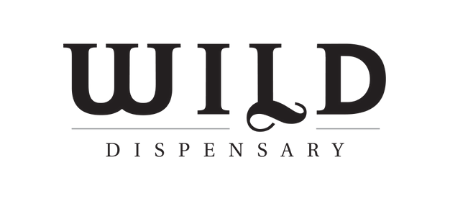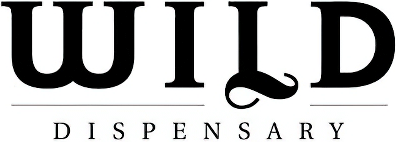Recent Articles
-
6 Easy And Natural Ways To Increase Serotonin January 16, 2026
-
How To Support Liver Health in 2026 - A Guide December 19, 2025
-
5 Easy Tips On How To Increase Dopamine Naturally November 28, 2025
Helpful Tips
15 Tasty Edible New Zealand Plants You Can Forage
Foraging is something that people have done for thousands of years. It is the act of respectively collecting wild food that grows in abundance. There are a variety of edible New Zealand plants that can be collected or foraged, as well as things like seafood and mushrooms. At Wild Dispensary foraging, also known as wildcrafting, is a key part of our products and our company. It gives us a chance to connect with nature, the seasons and plants.
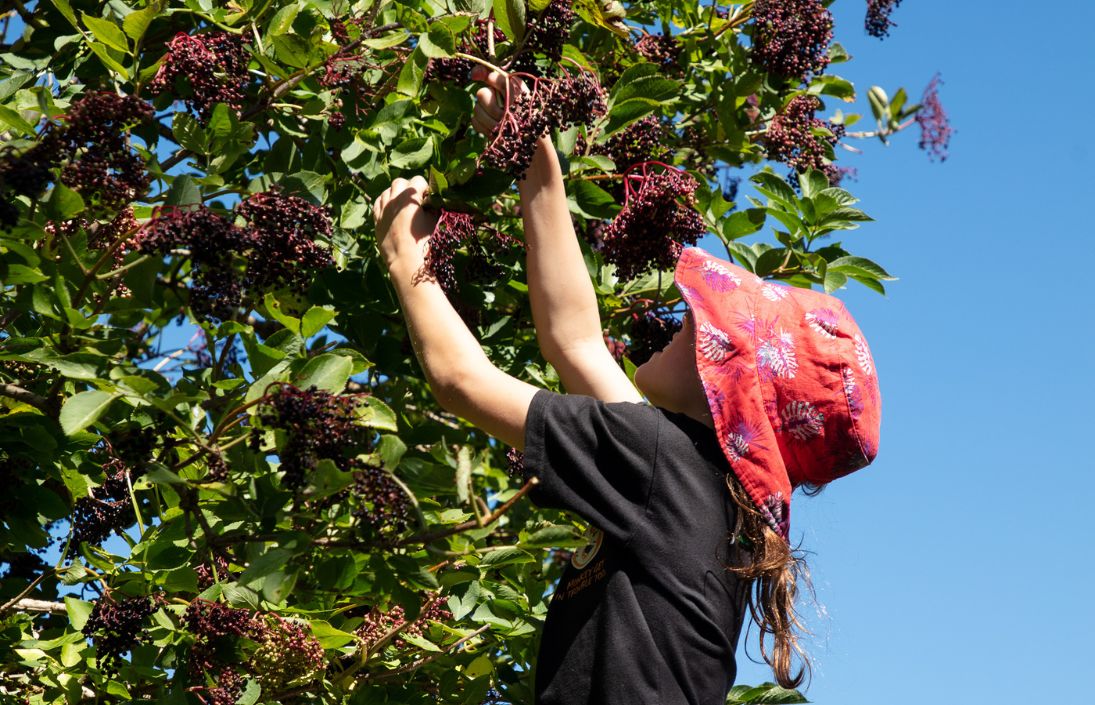
Foraging safety and tips and tricks
- Forage away from main roads and only on land that you are allowed to be on.
- Never take more than you need. A good mantra to remember is 1/3 for the plant, 1/3 for the wildlife and 1/3 (if that) for you.
- It is essential that you correctly identify what you are collecting. There are an abundance of foraging books in local libraries as well as resources online.
- There are also apps that you can have on your phone for quick identification.
- If in doubt always leave the plant where it is. Particularly with mushrooms, it is vital you know what to look for and what is poisonous.
- Taking a friend that is more experienced in foraging can be incredibly helpful.
1. Nettle
When: Late winter, spring and summer
Stinging nettle is mostly found in spring. Nettle is high in vitamins, essential minerals, plant-based iron and chlorophyll, which can help with supporting energy levels (this is why we use it in our Daily Boost).
🌿Related: 5 Causes Of Low Energy In Women And What To Do About It
You can infuse nettle in vinegar to make a mineral-rich vinegar. You could also lightly fry it like spinach as a side with eggs. Dried nettle can be added to baking, homemade crackers and bread. Just remember that heat is required for the nettle to lose its sting.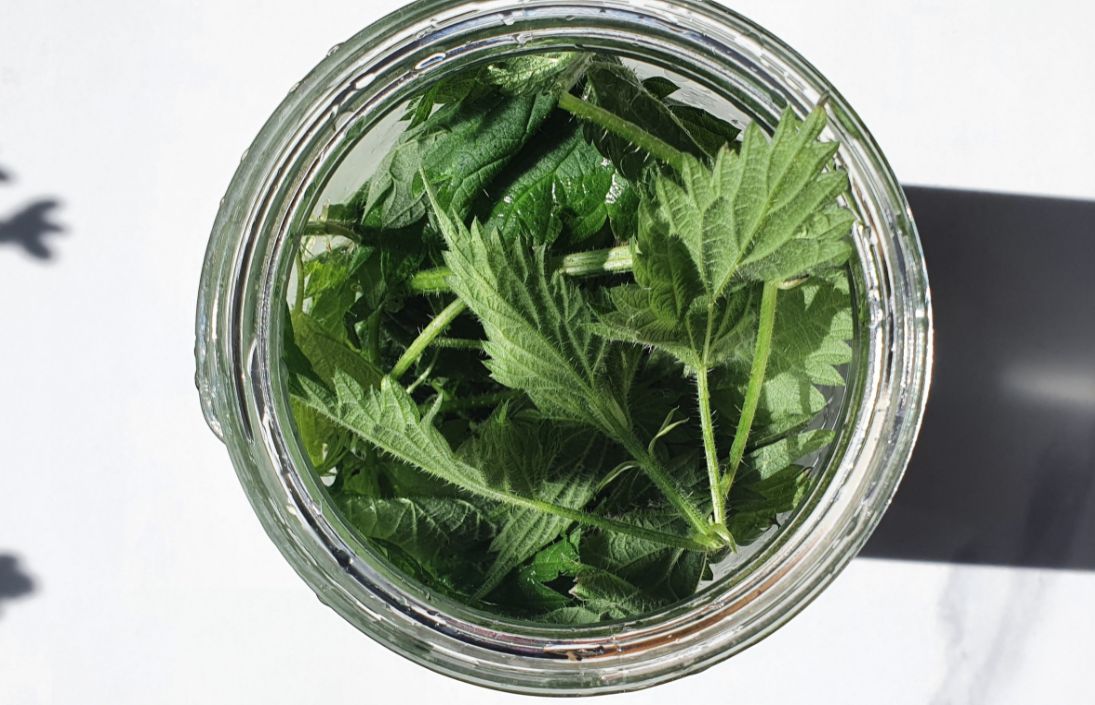
2. Blackberries
When: Late summer
Edible New Zealand plants like blackberries are full of antioxidants and naturally high in vitamin C. They can be added fresh to smoothies, baking, salads, cereal or porridge. You can also freeze them to use later in the year when berries are no longer easily available.
When picking blackberries, wear long sleeves and pants to protect yourself from the thorns. You can also pick the leaves and dry them to use as tea. Traditionally, this helped with sore throats, and as the leaves are astringent, they can help with diarrhoea.

3. Seaweed
When: All year
There are many types of seaweed that you can forage for, the most popular are sea lettuce and bladder kelp. When collecting, make sure you avoid busy places such as near urban centres and places that may have agricultural run off or pollution. Preferably go after a storm and collect what has washed up before it starts to smell and discolour.
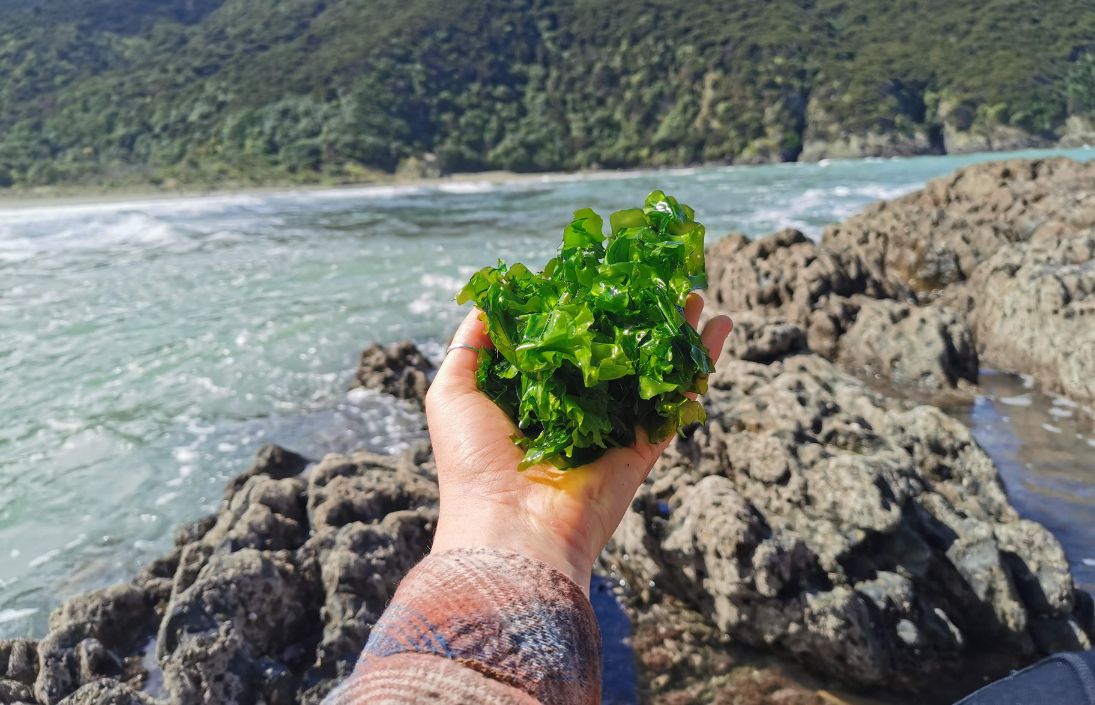
4. Fennel
When: Spring, but can be found all year in warmer climates
Wild fennel is an edible New Zealand plant that can be easily found throughout the country. Its beautiful yellow flowers can be collected to use the fennel pollen, or you could use the fronds for salads, teas or cooking. You can also use the dry fennel seeds to use in baking, cooking or teas as well.
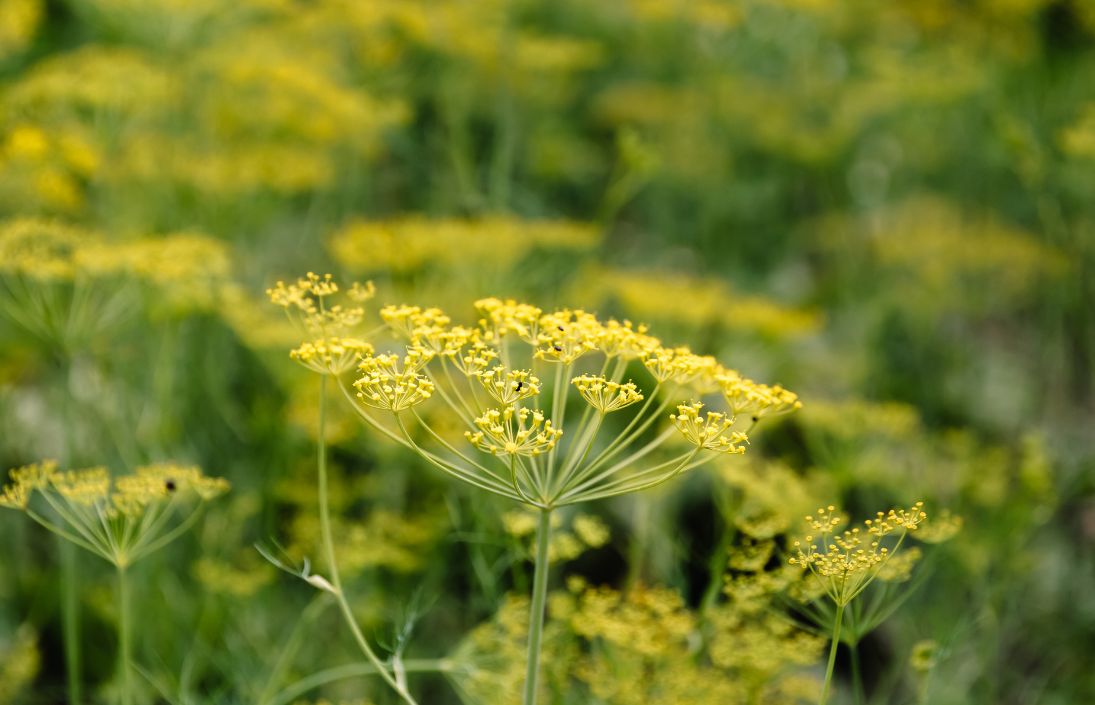
5. Nasturtium
When: Spring, summer and early autumn
This amazing, hardy edible plant can be used in a variety of ways. The leaves and flowers can be added to salads, which add a lovely peppery taste to summer dishes. You can also infuse the leaves in vinegar to extract the minerals within the plant. You can use this vinegar as a daily tonic or as a dressing.
The leaves can be dried for tea or made into a tincture, traditionally they were used to help with coughs. The seeds can even be used as a caper. Once you have finished your capers keep the brine and add nasturtium seeds/pods and let sit for a month or so. Or make a simple pickling mix with white vinegar, salt and pepper and leave them sit for 3 months.
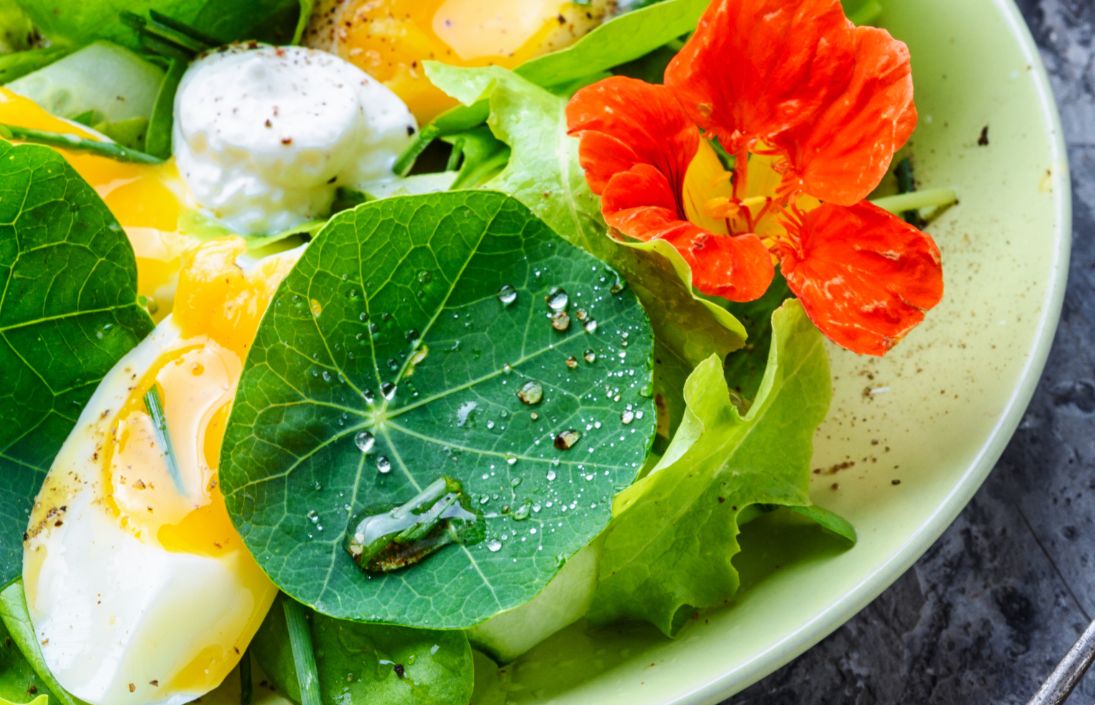
6. Banana passionfruit
When: Summer
This plant spreads prolifically, so be careful with the seeds! It can smother trees, and its propagation and sale are banned, but if you find it growing wild its a great thing to forage. You will often find them growing in hedges, trees and by roadsides.
It grows throughout Aotearoa with a pink dangling flower that changes into an yellow/orange fruit when ripe. It has more seeds than the average passionfruit and can be a bit annoying to cook with. However, you can make sauces, jams, cakes or add it to drinks or eat them as is.

7. Onion weed
When: Spring and summer
This fragrant plant tastes like a mix of spring onions and garlic. It can be added to stir-fries, scrambled eggs, quiches, baking, and salads, or it can be dehydrated to be made into a powder to make into dips or relishes. It can be used as an alternative to chives, and a little goes a long way. The entire plant is edible, including the bulb, which can be harvested in late summer.
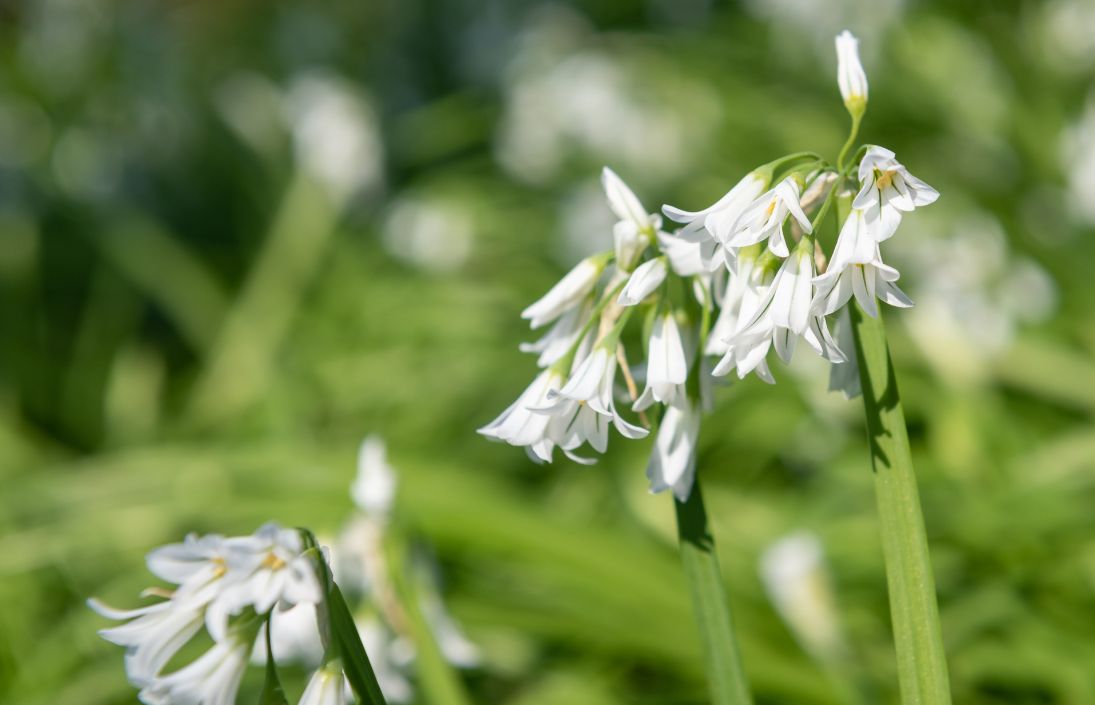
8. Wild fruit
When: Late summer
9. Miners lettuce
When: Most of the year

10. Chickweed
You can also add it to green smoothies as a boost or infuse it in oil to add to dressings or to make it into a topical skin balm as chickweed is really helpful for irritated skin. The best way to harvest chickweed is to cut it from the base, that way, you don’t get dirt in your salads.
11. Mushrooms
When: Autumn
Autumn signals the start of mushroom season. Mushrooms are a great source of vitamin D, as well as adding a more substantial texture to soups, stews and broths. From late February to late May you will be able to find a range of mushrooms around. Once you have found and safely identified them (you need to be 100% sure), you could dehydrate some for future use.
🌿Related: 4 Reasons You Should Be Taking Vitamin D In Winter

12. Wild mustard greens
13. Elderflower
When: Early summer

14. Elderberry
When: Late summer

15. Rosehips

2 comments
-
Posted on by none yawow thank you so much this is very usefull!
-
Posted on by Rowenacool
